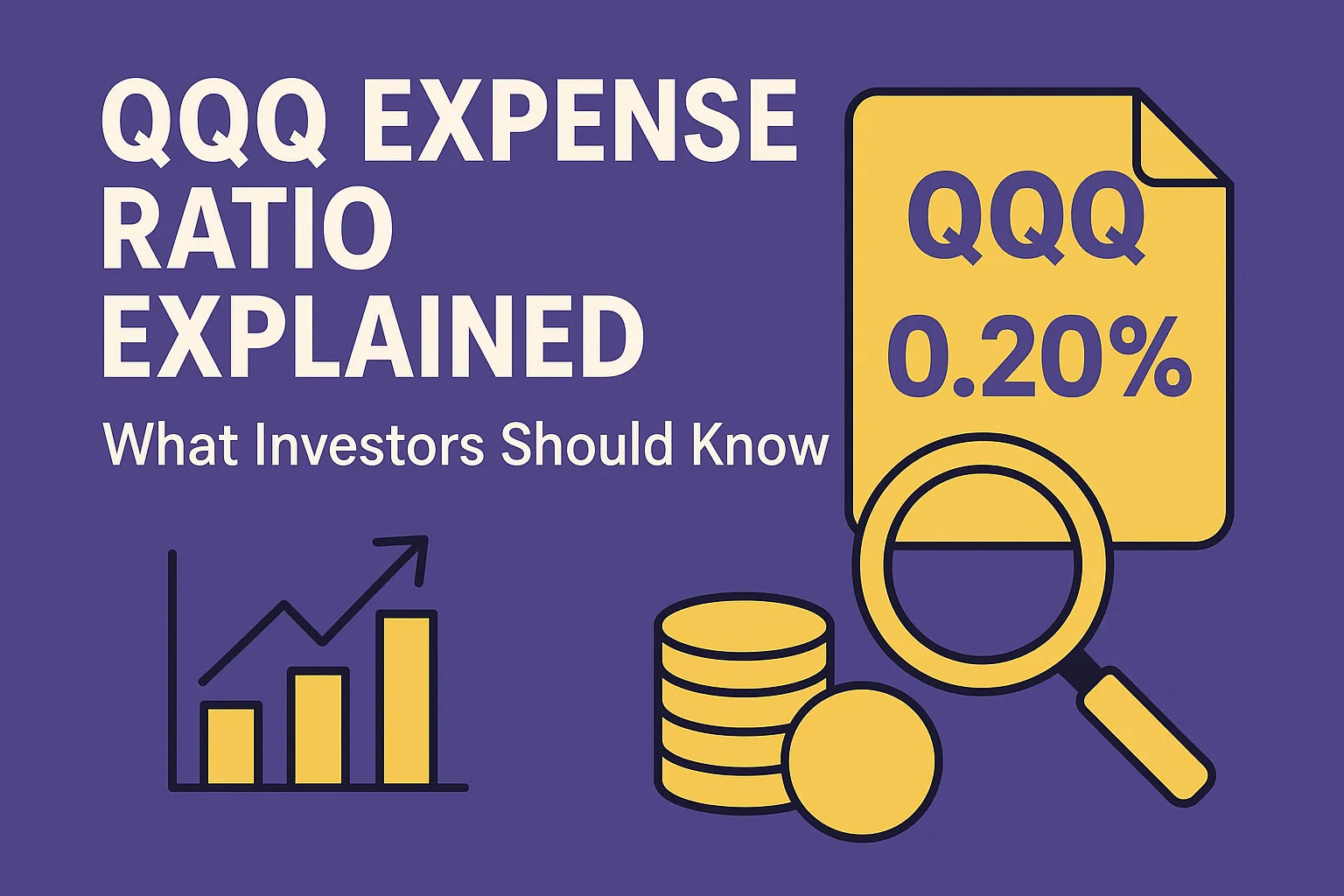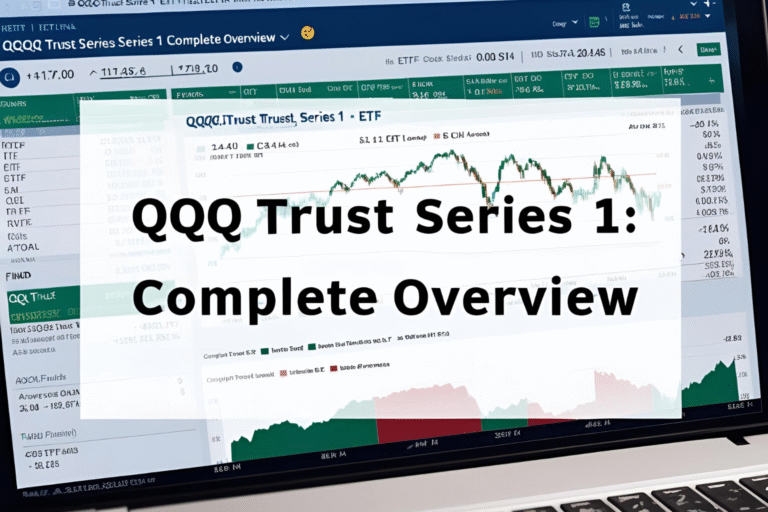QQQ Expense Ratio Explained: What Investors Should Know
Introduction
When evaluating any exchange-traded fund (ETF), the expense ratio is a crucial factor. The Invesco QQQ ETF has an expense ratio of 0.20%, which is higher than many broad-market ETFs. But what does that really mean for your portfolio? In this guide, we explain the QQQ expense ratio in detail and help you decide if it’s worth paying.
What Is an Expense Ratio?
An expense ratio is the annual fee charged by a fund manager to manage the ETF. It’s expressed as a percentage of the fund’s assets. This cost is automatically deducted from the fund’s returns—it’s not something you pay directly out of pocket.
What Is the Expense Ratio of QQQ?
The current expense ratio for QQQ is:
- 0.20% per year
This means that for every $10,000 invested, about $20 per year is deducted to cover management fees and operating costs.
How Does It Compare to Other ETFs?
| ETF | Expense Ratio |
|---|---|
| QQQ | 0.20% |
| QQQM | 0.15% |
| SPY (S&P 500) | 0.09% |
| VOO (S&P 500) | 0.03% |
While QQQ has a higher expense ratio than S&P 500 ETFs, it’s still considered low compared to mutual funds or actively managed funds.
Why Is QQQ’s Expense Ratio Higher?
Several factors contribute to QQQ’s slightly higher cost:
- It focuses on a specialized index (Nasdaq-100)
- It provides real-time liquidity with high trading volume
- It includes licensing fees for using the Nasdaq brand
- It’s actively traded by institutions and traders, offering more tools like options
Does the Expense Ratio Impact Returns?
Yes, but the impact is relatively small in the short term. Over many years, however, even small differences in fees can affect your total returns. For example:
- A $50,000 investment in QQQ for 10 years at 8% annual return would yield less net profit than a lower-fee ETF like QQQM, all else being equal.
Is QQQ Worth the Expense?
Many investors believe QQQ’s performance justifies the fee:
- It provides exposure to high-growth companies
- It offers excellent liquidity for active trading
- It’s backed by a well-known issuer (Invesco)
However, long-term passive investors may prefer QQQM, which offers the same exposure at a lower cost.
Final Thoughts
The QQQ expense ratio is slightly higher than some broad ETFs, but it offers strong advantages for traders and growth-focused investors. If you prioritize liquidity and market exposure over ultra-low fees, QQQ remains a compelling option.
FAQs
How much is QQQ’s expense ratio?
It’s 0.20% annually.
Is 0.20% expensive for an ETF?
Not necessarily—it’s higher than ultra-low-cost ETFs but still affordable compared to mutual funds.
Does QQQM have a lower expense ratio?
Yes, QQQM’s expense ratio is 0.15%.
Can expense ratios change?
Yes, fund providers can adjust them, though it doesn’t happen often.
Is the QQQ expense ratio deducted monthly?
The fee is calculated daily and reflected in the ETF’s net asset value.




